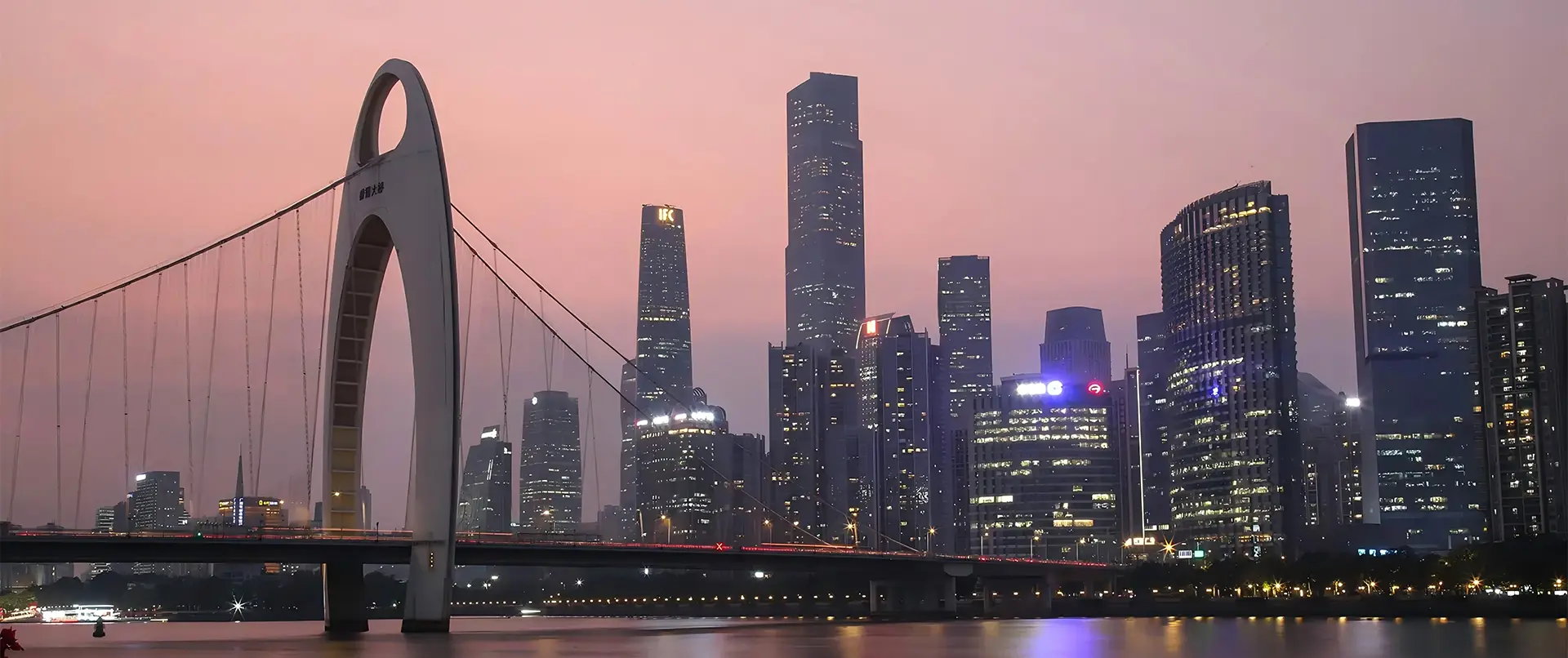Solutions for Seamless Rendering: Elevating Your SketchUp Projects with Industry-Leading Techniques
In the fast-evolving world of architectural visualization, the demand for high-quality renderings is more critical than ever. According to a recent report by the International 3D Modeling and Rendering Association, the architectural rendering market is projected to reach $1.3 billion by 2025, highlighting the necessity for tools and techniques that enhance the visual appeal of projects. As professionals look for ways to differentiate their work, the process of converting SketchUp designs into stunning renderings has become a focal point.

This blog will explore various alternatives for seamless rendering, emphasizing the importance of "Sketchup To Render" workflows. By leveraging industry-leading techniques, designers can elevate their SketchUp projects, ensuring that their visions are not only realized but also presented in a manner that captivates clients and stakeholders alike.
Exploring Advanced Rendering Techniques for SketchUp
Advanced rendering techniques have the power to significantly elevate your SketchUp projects, transforming simple models into photorealistic visuals that capture the attention of clients and stakeholders. By integrating innovative rendering engines, users can harness real-time capabilities and achieve seamless, high-quality results. Recent advancements in rendering software offer tools that simplify this process, allowing for features such as enhanced atmospheric effects and improved lighting techniques.
For instance, the latest version of a leading rendering solution incorporates volumetric clouds and projector lights, setting a new standard for animated presentations in architectural design. This not only allows for more dynamic visual storytelling but also enhances the overall presentation of your designs. Additionally, courses focused on mastering these advanced techniques are becoming increasingly popular among aspiring 3D artists, emphasizing the importance of professional rendering skills in today’s design landscape.
Moreover, generating comprehensive documentation from SketchUp's 3D models in 2D format is a crucial capability for construction and schematic drawings. By leveraging these advanced rendering techniques, designers can ensure their models are not only aesthetically pleasing but also serve practical purposes in real-world applications, bridging the gap between conceptual design and construction realities.
Integrating Realistic Textures and Materials to Enhance Visuals
Integrating realistic textures and materials is crucial for enhancing the visual appeal of SketchUp projects. The use of high-quality textures not only provides depth and authenticity to your designs but also helps convey the intended mood and atmosphere. By choosing materials that reflect real-world properties—such as glossiness, roughness, and translucence—designers can create captivating renders that engage viewers and effectively communicate their vision.
To achieve seamless rendering, it’s essential to utilize texture mapping techniques that accurately apply materials to surfaces. Tools like the UV mapping can ensure that textures align correctly, avoiding distortions that can detract from your design’s professionalism. Additionally, mixing different textures can add complexity and realism—consider incorporating various finishes, such as matte and metallic, to create visual interest. By paying attention to these details, SketchUp users can elevate their projects, making them not just models, but immersive experiences that resonate with clients and stakeholders alike.
Utilizing Plugins to Streamline Your SketchUp Rendering Workflow
As the world of 3D modeling continues to evolve, SketchUp users are increasingly turning to plugins to enhance their rendering workflows. These powerful tools not only improve efficiency but also elevate the quality of final outputs. Among the most popular plugins are V-Ray and Enscape, which enable users to create stunning visualizations with realistic lighting and textures. By integrating these plugins into your SketchUp projects, you can achieve professional-grade results without the steep learning curve typically associated with advanced rendering software.

Streamlining your rendering process also means simplifying asset management and scene setup. Plugins like SketchUV help users manage UV mapping, ensuring models are ready for high-quality texturing. Meanwhile, tools like Podium and Twilight Render provide intuitive interfaces and preset materials, making it easier for beginners to get started. By leveraging these industry-leading techniques, SketchUp users can not only save time but also focus more on creativity and design rather than getting bogged down by technical challenges. Embrace these plugins to transform your rendering workflow and take your SketchUp projects to new heights.
Tips for Achieving Real-life Lighting Effects in Your Projects
When it comes to elevating your SketchUp projects, achieving realistic lighting effects can make all the difference. One effective technique is to utilize HDRI (High Dynamic Range Imaging) images for your environment lighting. By incorporating HDRI, you can simulate real-life lighting conditions, allowing for softer shadows and dynamic highlights that enhance the three-dimensionality of your designs. This method not only improves the realism of your scenes but also provides a natural interplay of light and shade, akin to how light behaves in real-world environments.
Another critical aspect of lighting in SketchUp is the careful placement of light sources. Experimenting with different light types—such as point lights, spotlights, and area lights—can help to create layers of illumination that mimic natural lighting scenarios. Adjusting the color temperature and intensity of these lights can also impact the mood of your project. For instance, warm light creates a cozy atmosphere, while cooler tones can impart a modern, sleek feel. By blending these approaches, you will not only enhance the aesthetic appeal of your designs but also create a sense of spatial depth that captivates viewers.
Lighting Techniques Impact on Rendering Quality
Maximizing Performance: Optimizing Your SketchUp Models for Quick Rendering
Rendering in SketchUp can sometimes be a challenge, particularly when dealing with complex models. To elevate your projects and improve rendering speed, optimizing your models is essential. One effective method is to streamline geometry by reducing unnecessary details that may weigh down your file. By simplifying shapes and limiting the use of high-poly components, you can create lighter models that render more efficiently.
Tip: Always utilize components instead of groups wherever possible. Components can help in maintaining a lighter file size since they can be reused throughout the model. Furthermore, leveraging the Revit Importer can significantly enhance your workflow by automatically converting building elements into SketchUp's native components. This not only optimizes geometry but also ensures that your models remain lightweight and performance-focused.
Another crucial strategy is to manage textures wisely. Using high-resolution textures can slow down rendering times immensely, so opt for lower resolution images for the initial stages of your project. You can always swap in higher quality textures later when you're closer to finalizing your design. Keep an eye on layer management, too, as hidden layers can still consume resources during rendering. By following these tips, you’ll be well on your way to maximizing performance in your SketchUp projects.



